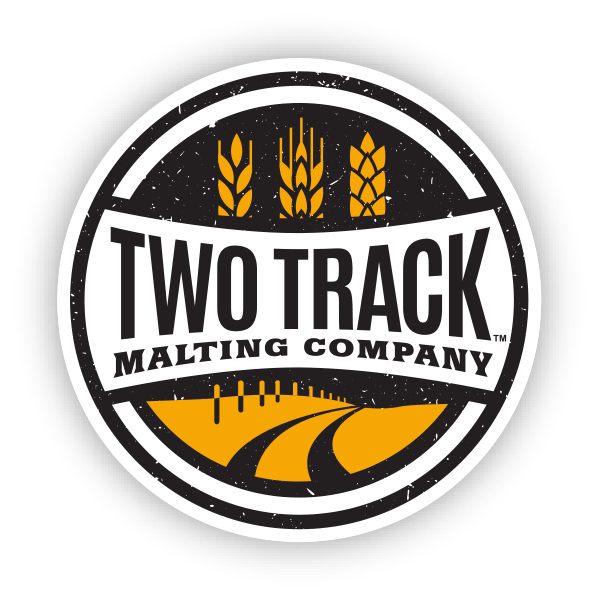Enjoying your beer? That masterpiece you are drinking is made with malt which was grown on our 6th generation family farm. Two Track Malting grows a variety of grains and produces small batch craft malt. All of our malt is traced down to the field it was grown on, which we call Field to Pint™. Raise that glass high and here’s to the farmer and brewer that makes it all happen!

That beer you are drinking was grown on our “Boat Dock” field, which as you guessed is next to our boat dock on Stober Lake. The malt was made from Copeland 2-Row Barley that was planted on May 5th, 2018 and harvested on August 7th, 2018. John and Donovan Stober grew that beautiful barley that you are enjoying right now. The Stober Farm is a 6th generation family farm located in Goodrich, ND and has been producing the highest quality grains for over 100 years. This is Field to Pint at its finest!

The Malting Process
Once the grain arrives at our craft malting facility it goes through the malting process.
1
Steeping
Steeping is the first stage of the malting process and begins by loading cleaned grain into a steep tank which allows the grain to be submerged. During the steeping process grain is submerged in water with the primary goal of increasing the moisture content of the grain from 12% to 42-48%. This process takes 2-3 days in which the grain is submerged, drained and repeated until the correct moisture content is achieved. Steeping starts the growth process and a visual indicator of properly steeped grain is to see the chit, or rootlets, start to emerge from the grain. Once chitting begins it is time to move the grain into the germination stage.
2
Germination
Germination is the next stage in the malting process where chitted grain is transferred into our Germination Kiln Vessel or GKV. Germination allows for the development of malt enzymes which modify the structure of the grain’s endosperm by breaking down the cell walls and protein matrix, this process is also known as modification. The enzymes produced during germination are needed to break down the starch for the brewer or distiller during the mashing process. Germination takes 3-5 days and once the grain has reached optimal modification it is ready for the kiln.
3
Kilning
Kilning is the final step in the malting process and turns the modified grain into malt. The specific type of malt being produced will determine how long the grain is left in the kiln. The kiln is essentially a large oven which uses heat to dry out the grain. This process gives malt its flavor and color. After about 24 hours we have finished malt which is cleaned, packaged and ready to be made into your craft beer or spirits.
